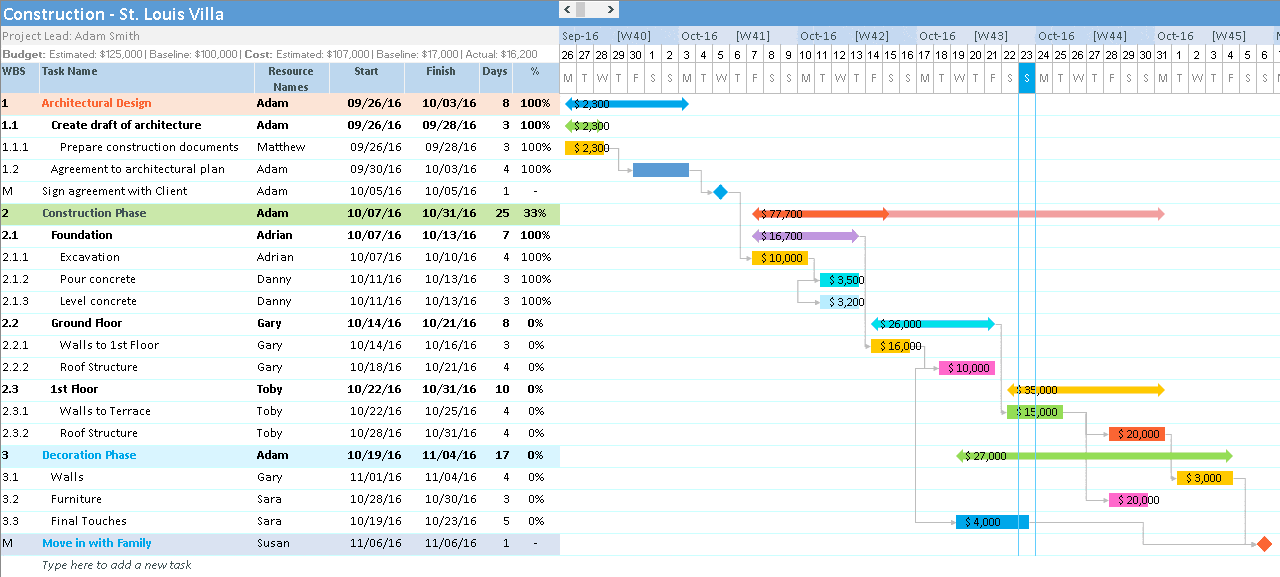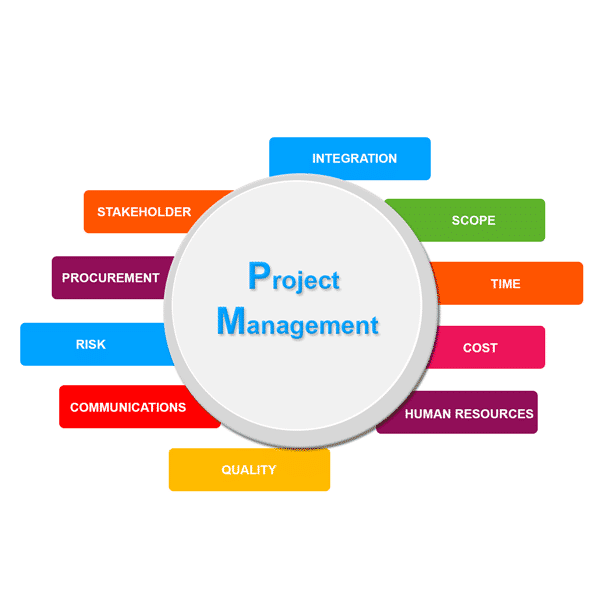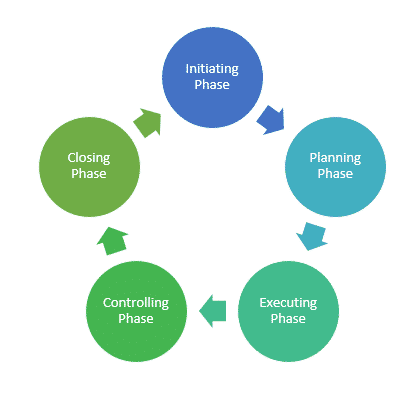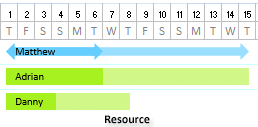As Project Managers we often find ourselves juggling with project deadlines, accommodating unexpected events, exceeding allocated budget and resources etc. Events like these are frustrating and can leave project managers and the team stressed and unmotivated. Here are top 5 effective ways to manage projects successfully.
Here are 5 effective ways that can help you stay ahead of the game and manage projects successfully.
1. Brainstorm with the team:
During the conception and planning phase of the project, involve people that are going to be part of the project for brainstorming sessions. It will give them an overall understanding of the project and how their roles add up to the project and what is expected of them becomes transparent. This also helps managers and the team measure how much effort is required from each individual or department. In turn, it allows the project managers to more accurately determine the project’s scope, budget and timeline.
2. Plan the project’s scope, timing and resources in detail:
Project planning phase lays the blueprint on how the project implementation will take place. As the saying goes, “failing to plan is planning to fail”, it is important to ensure that all major aspects of the project like project scope, the timeline for the project, deliverables, allocated tasks, resources required should be carefully crafted. The team should also consider assumptions and risks and build them into the project plan. Once, this step is done, create a detailed work plan and communicate this with the team. Ensure that any high-level activities that were initially vague are defined more in detail as their time-frame gets closer.
The best tool to plan your projects is to use our simple yet effective Gantt Chart Excel Template. Our Gantt Excel tool allows you to create project timelines, allocate tasks and resources, create milestones, define dependencies, even break down the project into smaller tasks and can be easily updated and communicated as the project progresses. You can download Gantt Chart Excel here.
3. Track your project’s progress:
This is the ‘holy grail’ of project management. Using Gantt Chart Excel you can monitor the project budget and timelines which allows you to proactively optimize your resources and budget to meet the project timelines.
Remember, “What gets measured, gets managed”, Peter Drucker.
4. Take steps to mitigate risks:
As project managers, we are all aware how big a part risks play in project success. Risks of unforeseen circumstances in the future, the risk of exceeding budget, risks of project delays, risk of low team morale and so on. Acknowledging that these risks can creep up anytime prepares the managers to be vigilant for warning signs of risks and also prepare for mitigating risks. Gantt chart again is an effective tool that can flag you in advance about the abnormalities in the project’s progress. For instance, if a deadline has been missed, project managers can get to the root of what caused the delay and fix it or if some unavoidable events are probable in the near future which wasn’t evident during the planning phase, the Gantt chart can be updated to reflect this and activities planned accordingly. ‘Scope creep’ is another risk that can sabotage the project success. These mini changes can actually add up to changing the whole scope of the project making the initial budget, resources and timelines irrelevant. Therefore as project managers, we need continue to assess potential risks throughout the project.
5. Celebrate milestones:
Take steps to ensure that team’s morale is high throughout the project. It can be quiet stressful to balance the execution in the midst of some unavoidable circumstances that delay the project. Therefore creating milestones (mini goals) and celebrating these milestones can motivate the team to stay on track and to work towards accomplishing the project as Harvard Professors T Amabile and S J Kramer describe in their research titled ‘ The Power of Small Wins’ that “even small wins can boost inner work life of the team tremendously”.
These five ways will help you effectively manage your project. I will leave you with a quote by Scott Berkun, author of, ‘Making Things happen- Mastering Project Management’ that “The challenge of managing projects isn’t sailing in calm, open waters with clear skies. Instead, the challenge is in knowing how to juggle, prioritize and respond to all the unexpected and difficult things that you’re confronted with”.
Good Luck with your project.





